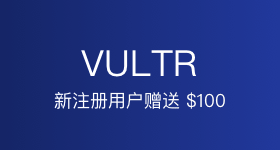3 Innovations While Unifying Pinterest’ s Key-Value Storage
摘要
Engineers hate migrations. What do engineers hate more than migrations? Data migrations. Especially critical, terabyte-scale, online serving migrations which, if done badly, could bring down the site, enrage customers, or cripple hundreds of critical internal services.
So why did the Key-Value Systems Team at Pinterest embark on a two-year realtime migration of all our online key-value serving data to a single unified storage system? Because the cost of not migrating was too high. In 2019, Pinterest had four separate key-value systems owned by different teams with different APIs and featuresets. This resulted in duplicated development effort, high operational overhead and incident counts, and confusion among engineering customers.
In unifying all of Pinterest’s 500+ key-value use cases (over 4PB of unique data serving 100Ms of QPS) onto one single interface, not only did we make huge gains in reducing system complexity and lowering operational overhead, we achieved a 40–90% performance improvement by moving to the most efficient storage engine, and we saved the company a significant amount in costs per year by moving to the most optimal replication and versioning architecture.
In this blog post, we selected three (out of many more) innovations to dive into that helped us notch all these wins.
欢迎在评论区写下你对这篇文章的看法。


